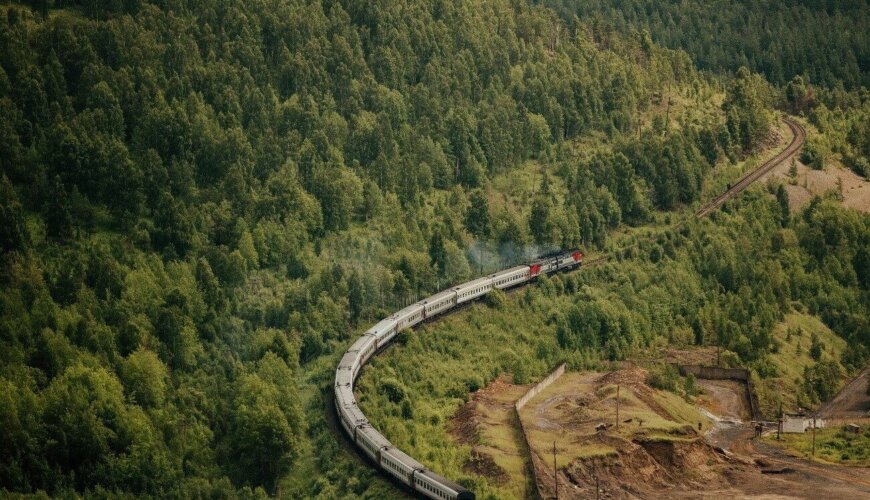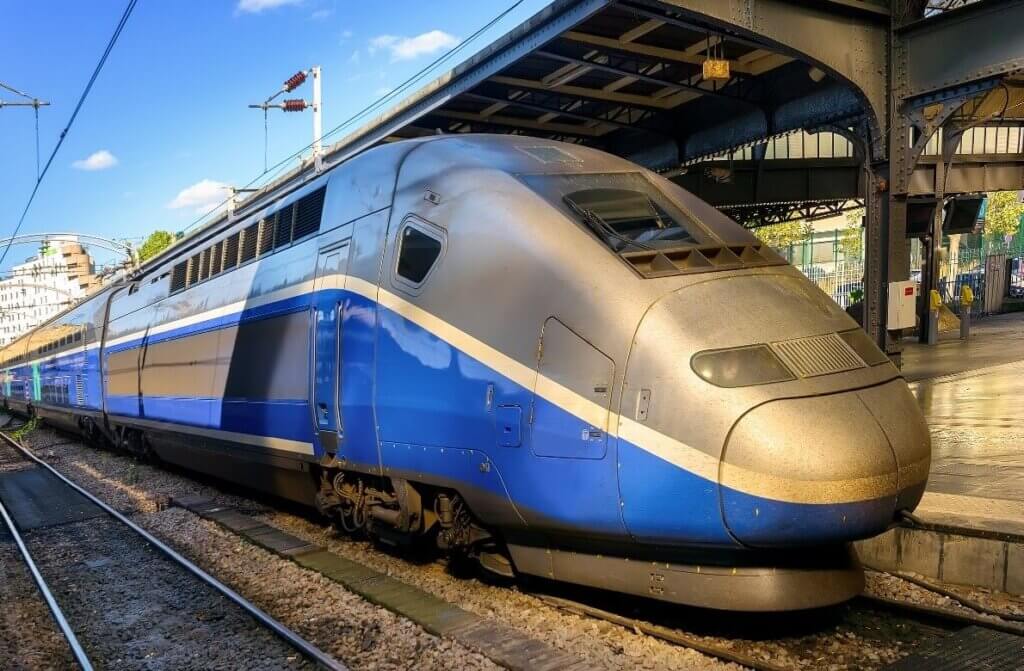
Peculiarities of the railroad modal in the world
The construction of access roads is something that has been present since very early in the history of civilizations. Empires of great territorial extension, as the Roman and the Mongol, had provinces very distant from their capitals, therefore, the investment in roads quickly became a priority. This facilitated the transport of inhabitants, armies, government officials, goods and products. Many centuries later, technological innovations allowed the diffusion of the railroad modal in the world, which contributed considerably to the transport infrastructure.
The world's first stretch of railroad was built in England in 1825,for the purpose of connecting coal mines and transporting passengers between the cities of Stockton and Darlington. This was only possible through the efforts of engineer George Stephenson, who, in 1814, tested his steam engine for the first time with a load of 30 tons.
The railroad modal in the world was just one of the transformations that took place in the so-called Industrial Revolution and, to this day, it is a fundamental tool for economic development. To better understand the impact of this technology, we have separated some interesting facts about the railroads in the world..
Content Index
The expansionist character of the railroad modal in the world

Like the Roman Empire, which saw the construction of roads as a great opportunity to unify its territory and establish its political hegemony, the railroads were also used to promote the expansionism of many nations.
This happened, above all, in countries and empires that had an extensive territory and needed to connect strategic locations, either to optimize production and distribution logistics or to facilitate the displacement of the population..
For example, in the early 19th century, the east coast of the United States was where most Anglo-Saxon settlers lived. After all, the proximity to the Atlantic Ocean was essential for the local economic system, which aimed to export. It was only with the construction of railroads that the expansion towards the west and the invasion of indigenous lands was consolidated, allowing the displacement of inhabitants, armies and products.
It is possible to find a similar scenario in Brazil at the same time. In the 19th century, one of the main bases of the Brazilian economic balance was the production and export of coffee. As a way of boosting this activity, in 1854, the first railroad in the country,the Estrada de Ferro Mauá, was inaugurated. The stretch initially connected the Port of Mauá to Fragoso, in Rio de Janeiro, connecting the role of rail and waterway modesQuickly, more roads began to be built to connect the producing areas to the ports, contributing to the expansion towards the more central regions of the country.
Russia, being the country with the largest land area in the world, with 17 million km², also saw the railroads as a chance for expansion. For example, the Trans-Siberian railroad, which today crosses the entire country horizontally, was very important for the flow of products and the transport of passengers between its different regions.
Technology applied to railroads

Another peculiarity of the railroad modal in the world is that this sector is constantly improved by technological innovations.
One of the most notable examples was the creation of new high-speed trains.. Also known as a bullet train, this type of transport is capable of reaching more than 250 kilometers per hour. The world's first high-speed line, the Tokaido Shinkansen, opened in 1964 in Japan. It is currently the busiest high-speed rail route in the world and uses a system of steel wheels and rails, which are powered by electric current.
There are also high-speed railroads that operate with MagLev technology. In this case, a system of magnets allows the train to be suspended, reducing friction with the rails and enabling even higher speeds.
In addition to Japan, other countries have invested in high-speed rail, such as France, China, Germany and the United States, for example. Most trains are used to transport passengers, however, it is also possible to find locomotives for freight services.
Impact of the modal in the world

As with most technologies developed during the Industrial Age, railroads negatively influenced the environment. Whether due to the emission of gases from fossil fuels or the terrain transformation necessary for the construction of roads, the rail modal has considerably altered the landscape in which it was implemented.
However, it is important to say that, compared to the impacts caused by road transport, rail transport is a less harmful alternative. According to a survey conducted by Climate Watch, in 2019, 72% of global emissions of harmful gases into the atmosphere come from road vehicles.
That said, in rail transport, the use of railcars allows large amounts of cargo to be transported via a single vehicle. In the case of highways, the same amount of products requires a greater number of trucks and, therefore, results in a greater emission of gases.
Furthermore, recent technological advances and government policies have made rail transport less harmful to nature,which brings us to the last topic:
The green revolution of the rail modal in the world

In the global context, one of the main measures promoted to reduce the environmental impact of companies and various sectors is the creation of the Green Seal. This program was developed with the aim of encouraging the achievement of the United Nations (UN) Sustainable Development Goals.
Therefore, for a company to be approved to receive the Green Seal, it is necessary to evaluate several sustainable practices, such as solid waste management, effluent treatment and levels of electricity and water consumption, for example. One of the advantages of adapting a company's processes to these practices is that it can reduce waste of resources, in addition to contributing to the image of a responsible company.
Thinking specifically about the railroad modal in the world, many strategies have been applied by companies to adapt to these requirements.
For example, the Australian railroad company Byron Bay has put into operation the first fully solar-powered train. Through a 6.5 kW solar array and flexible panels, the vehicle does not need any fossil fuel. Still thinking about alternative fuels, in many European countries, such as France, it is possible to find trains that use hydrogen and oxygen to supply their electronic resources.
In addition, another very beneficial measure for the environment is the increasingly frequent use of rails made from recycled polymeric compounds.
Conclusion
It was possible to perceive that the railroad modal in the world is still a technology that can be developed and improved. The capacity of the railroads, with regard to the transport of products and passengers, can be considerably optimized through measures that can reduce costs and improve logistics processes, in addition to contributing to environmental sustainability.












